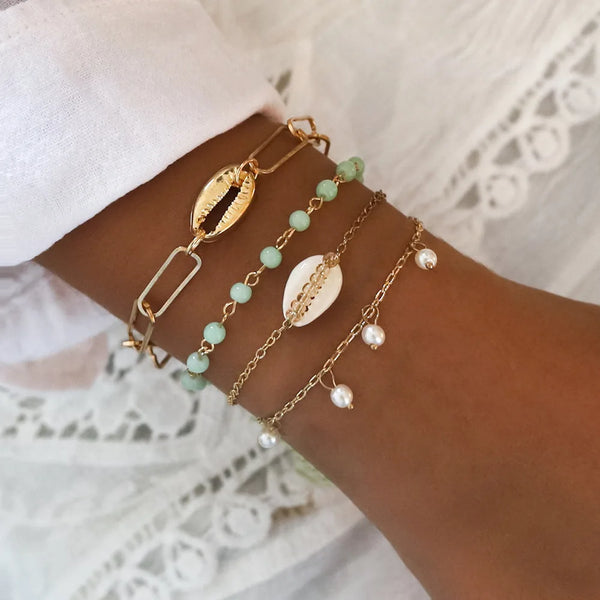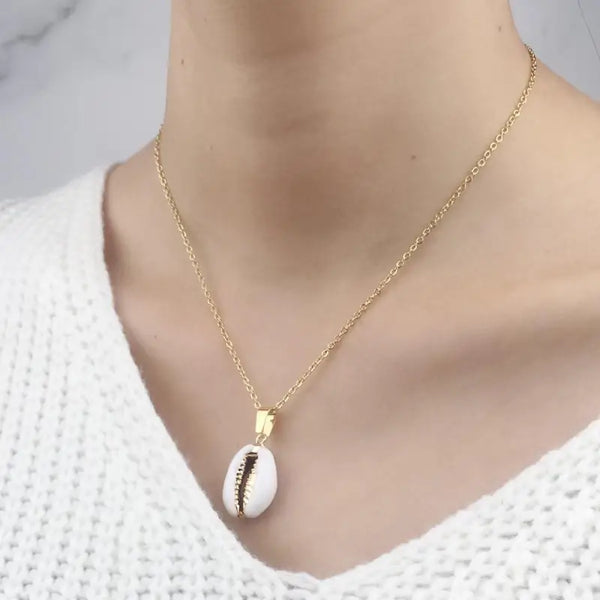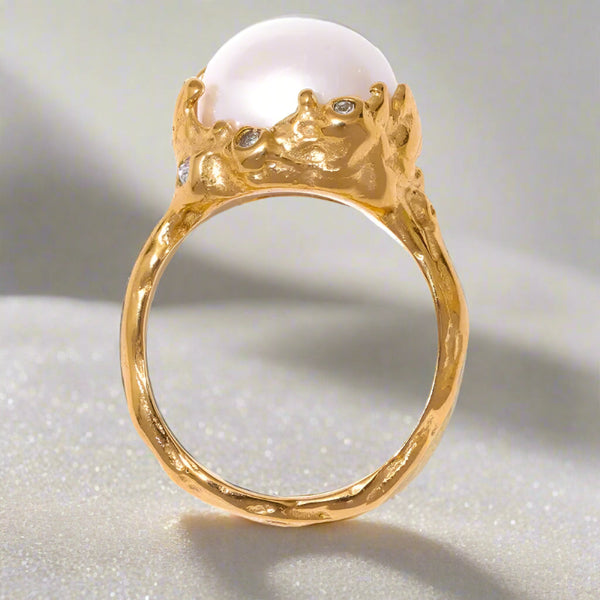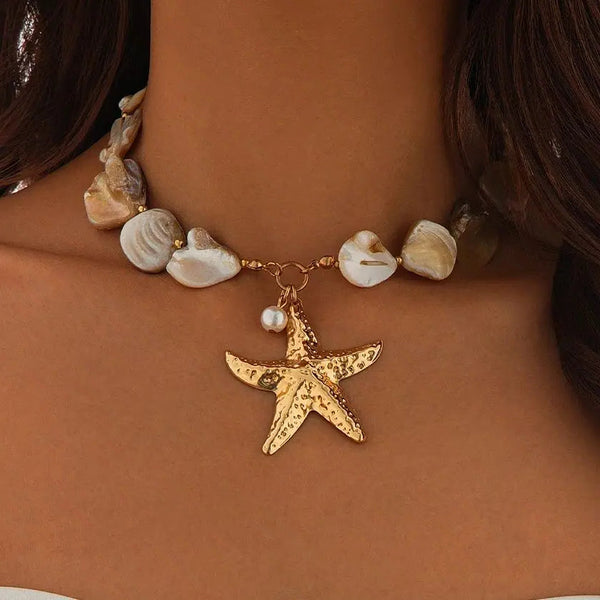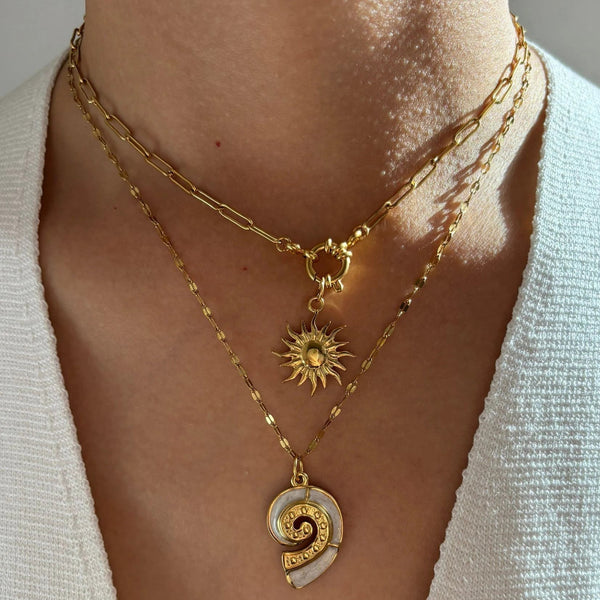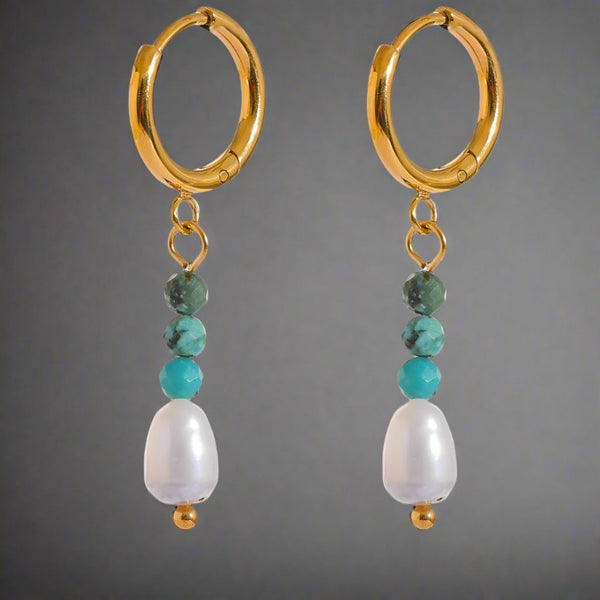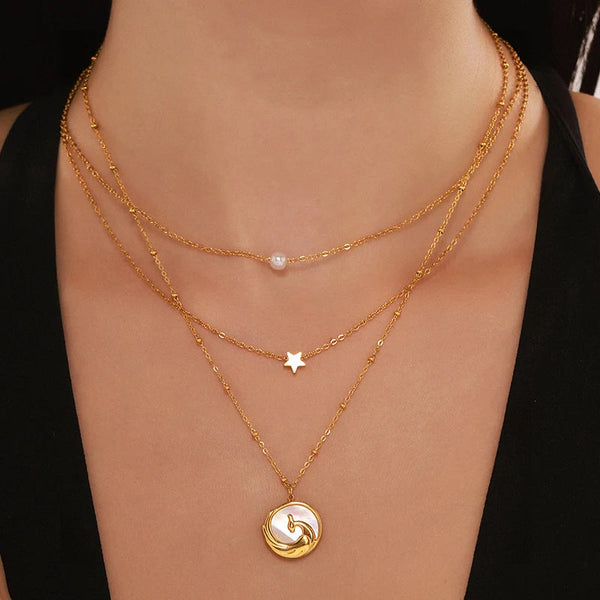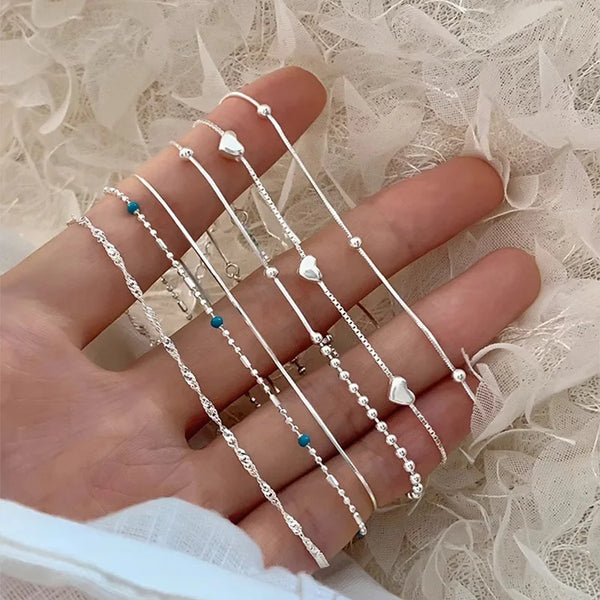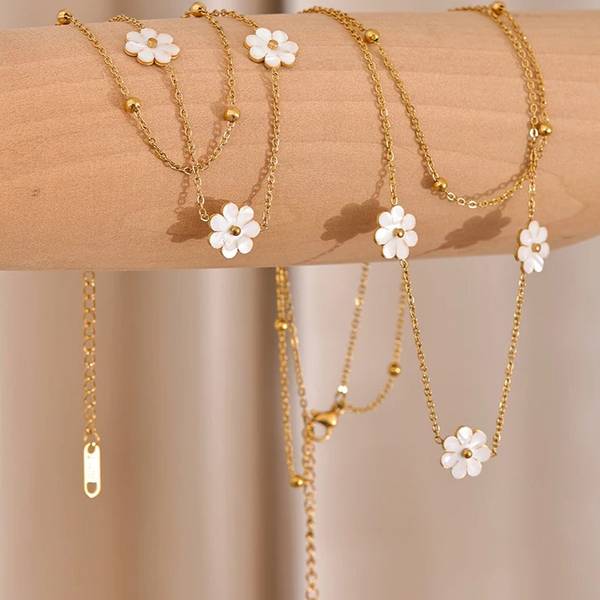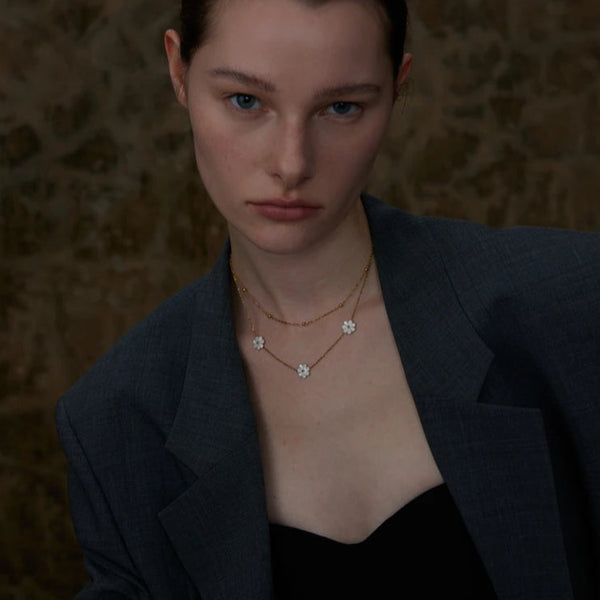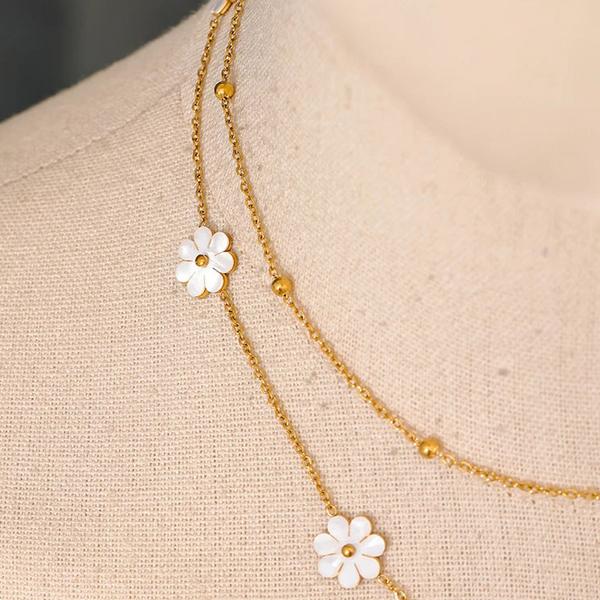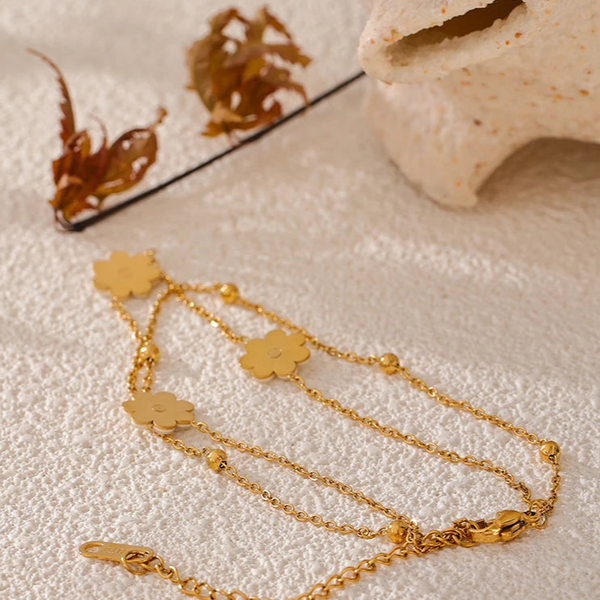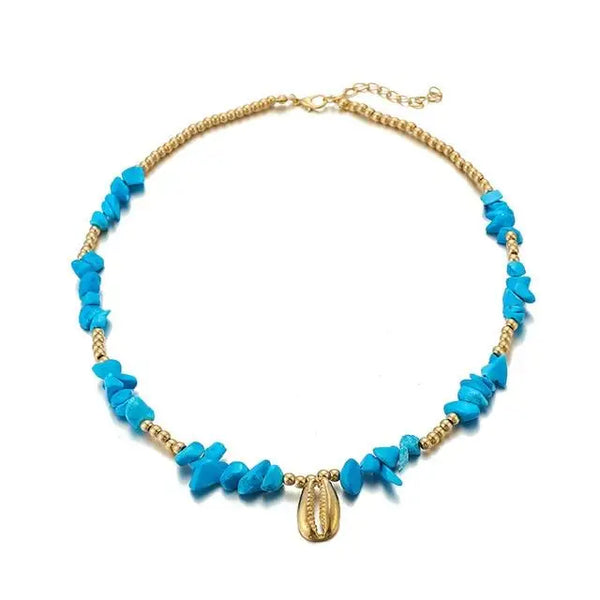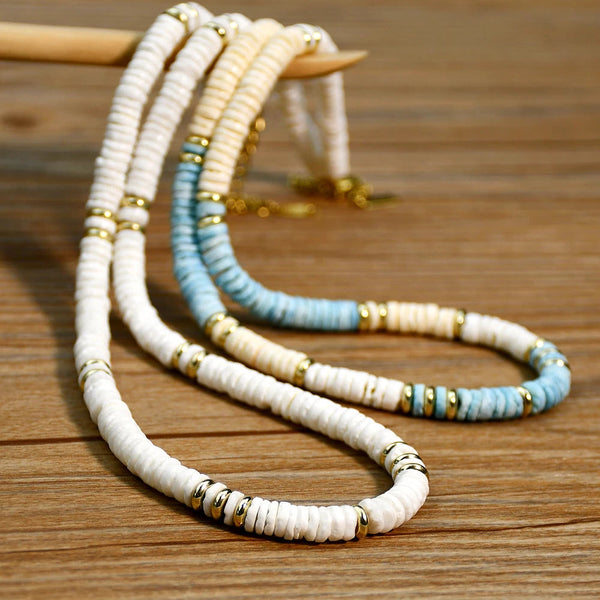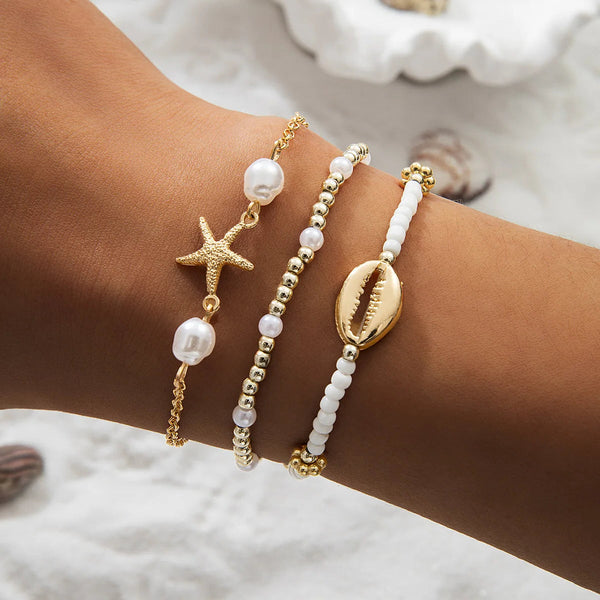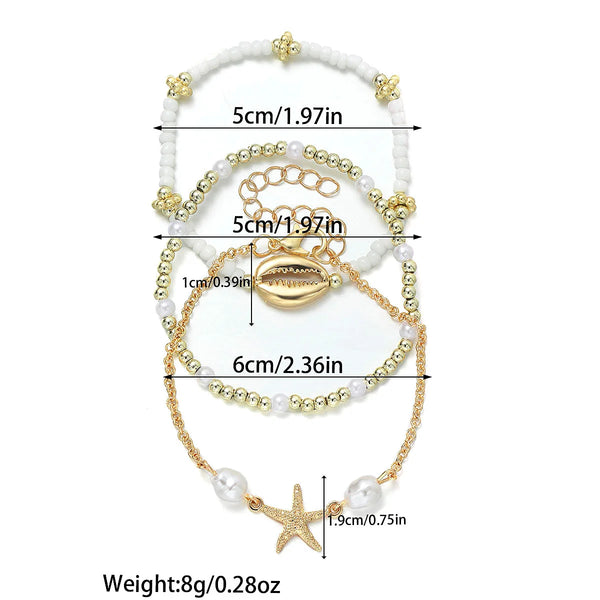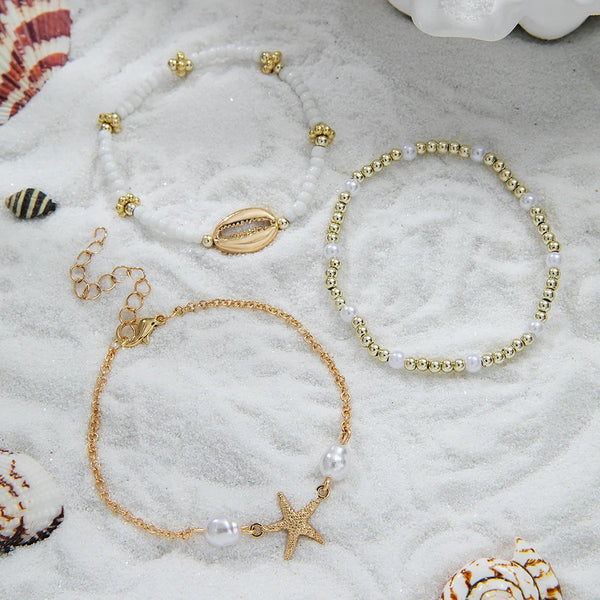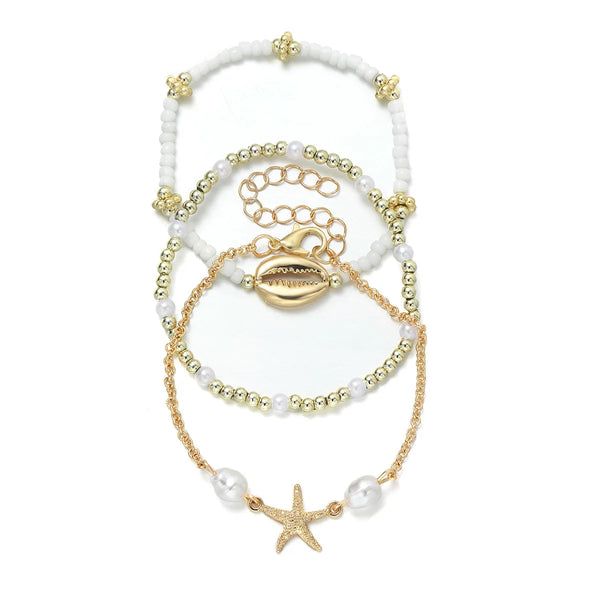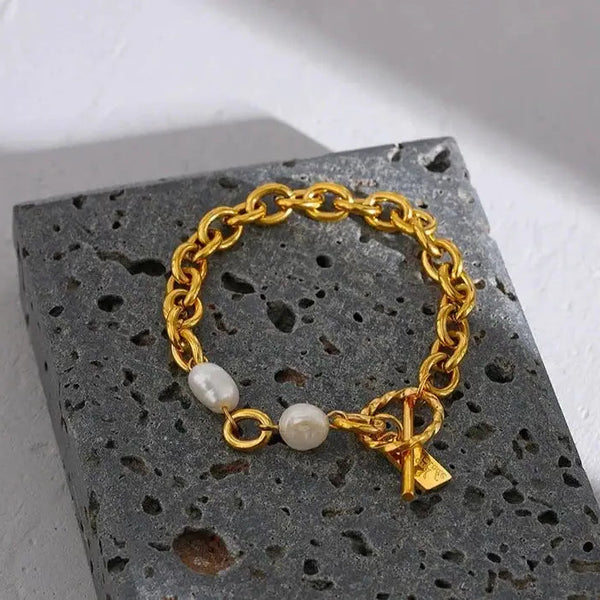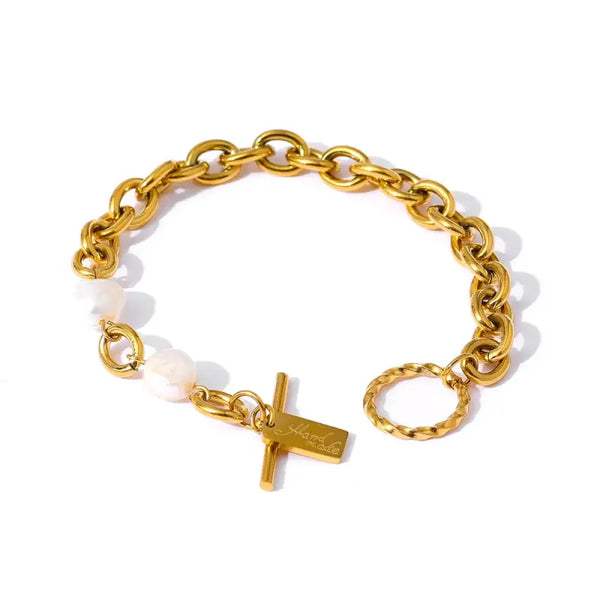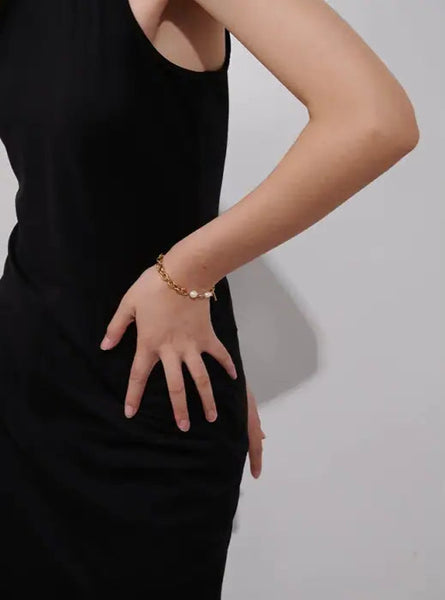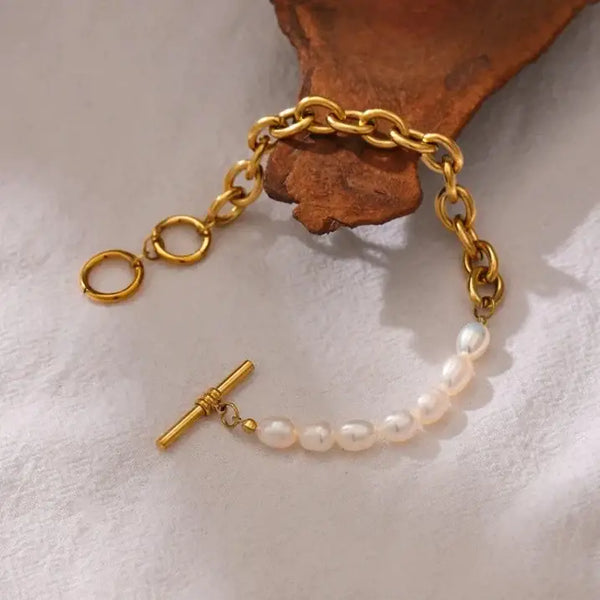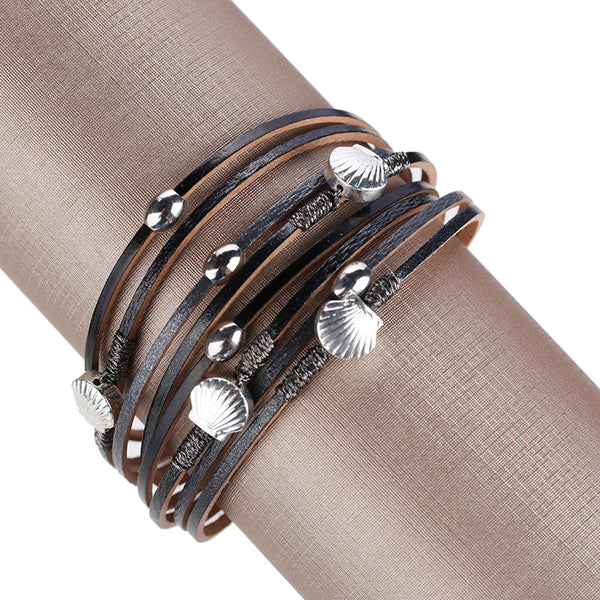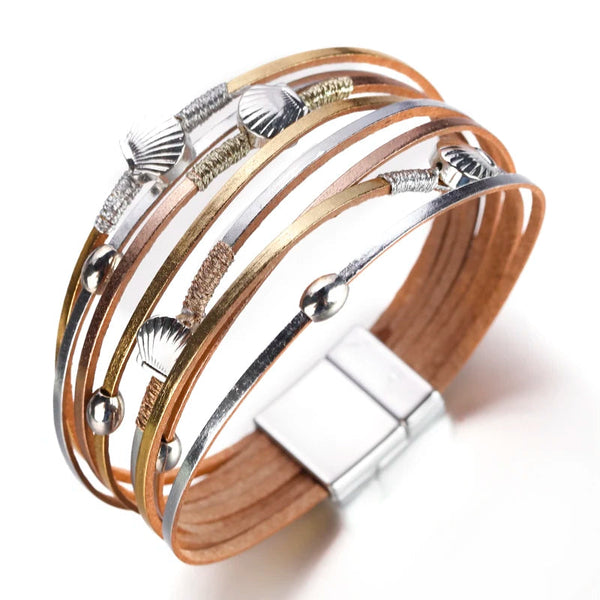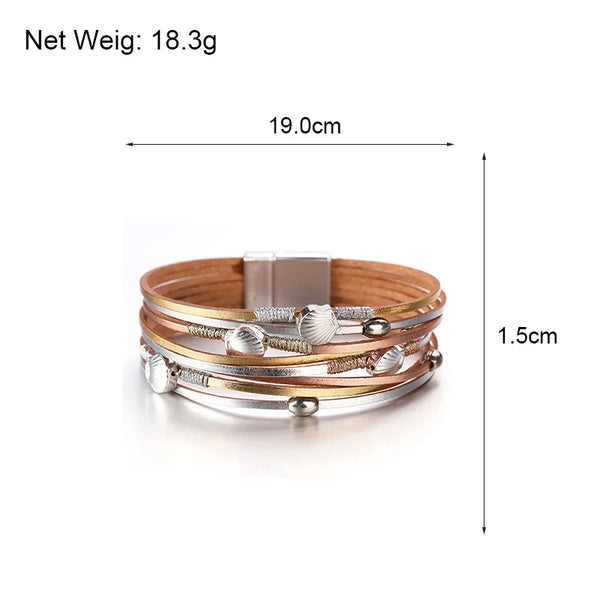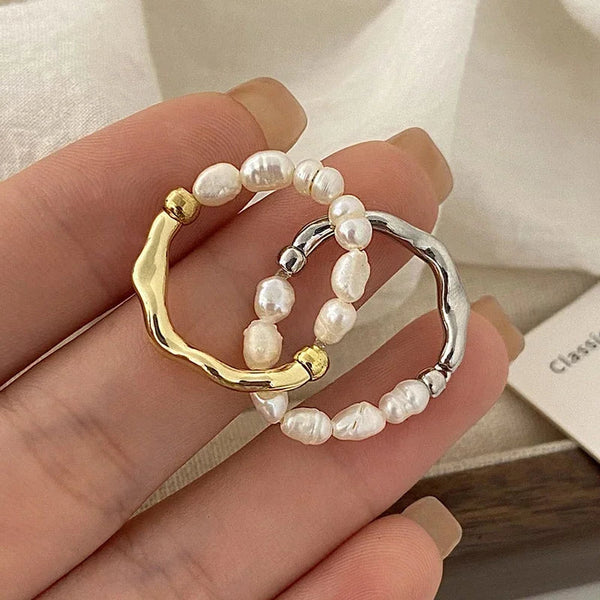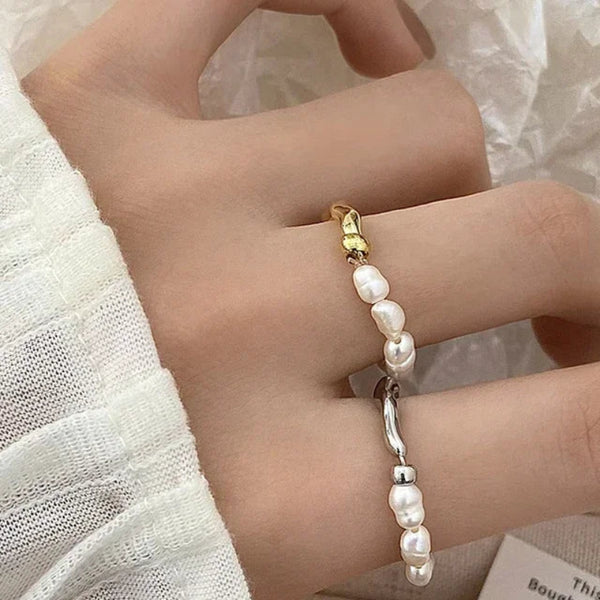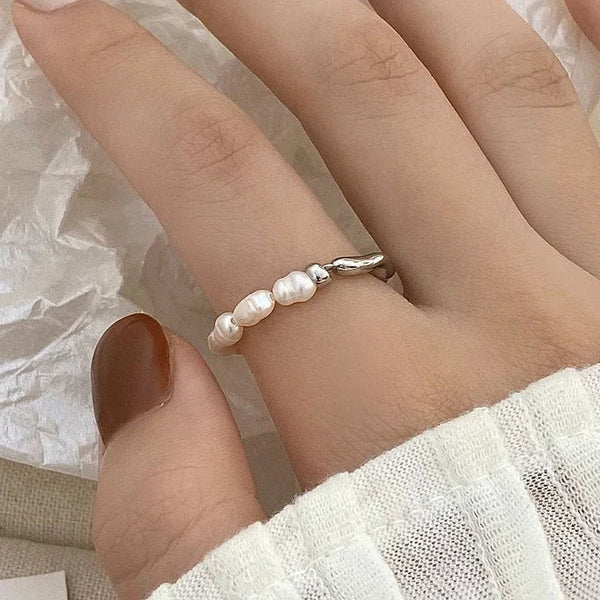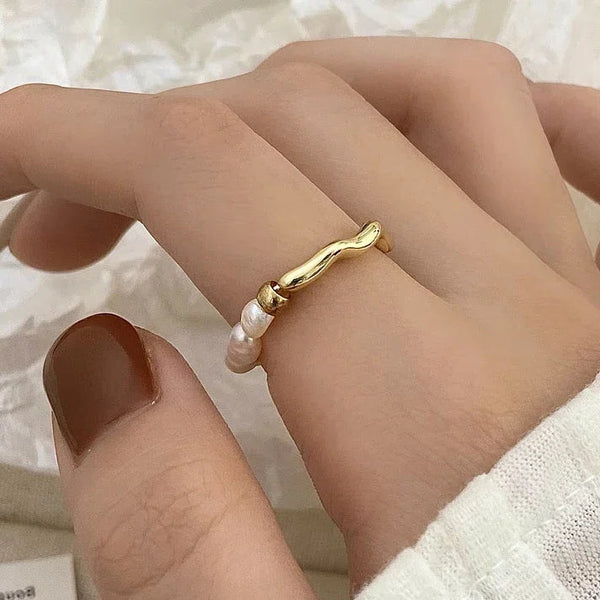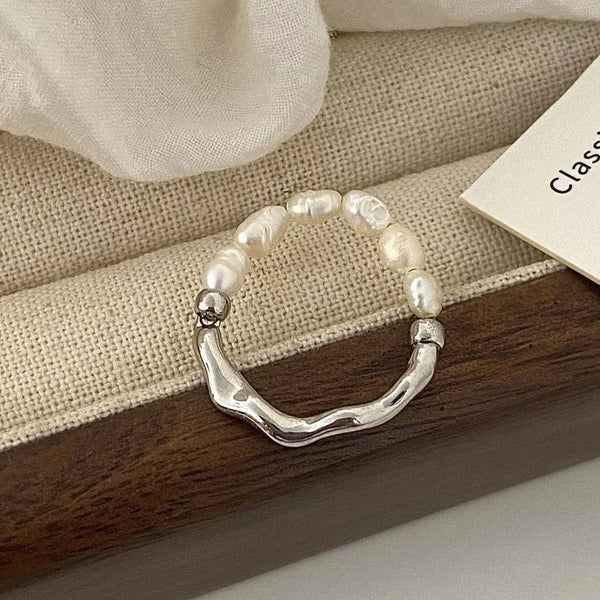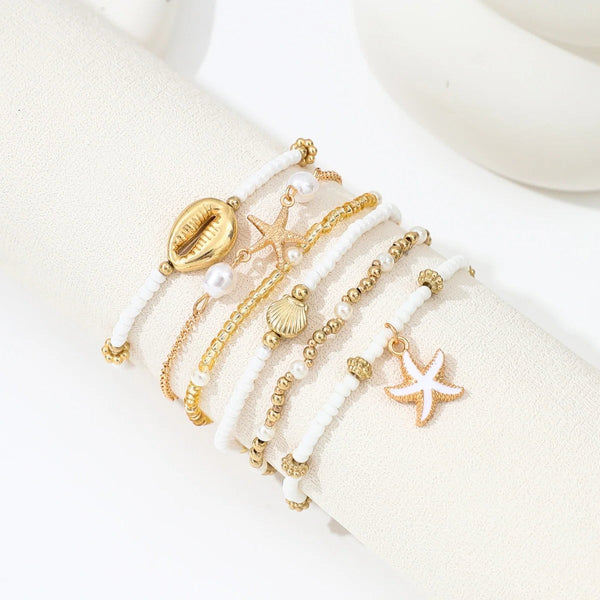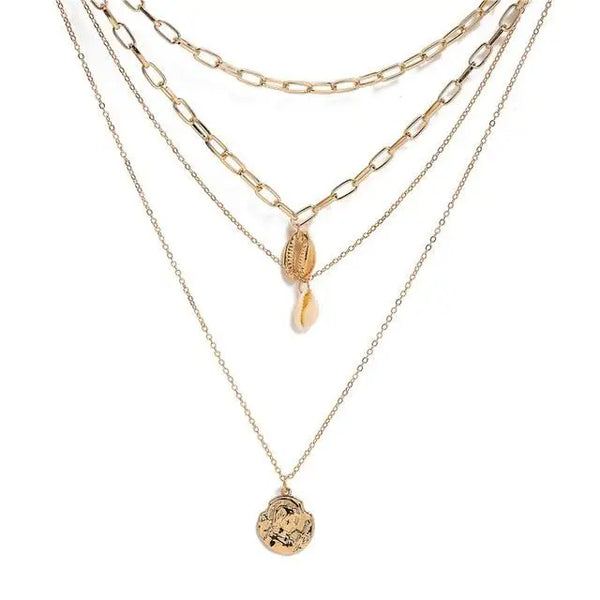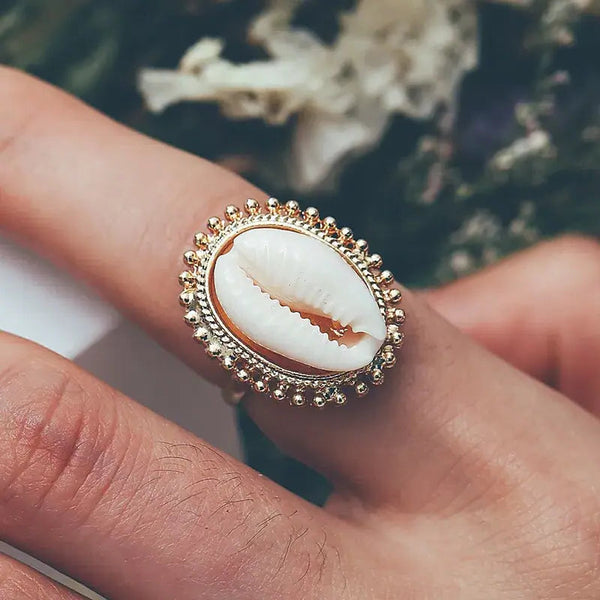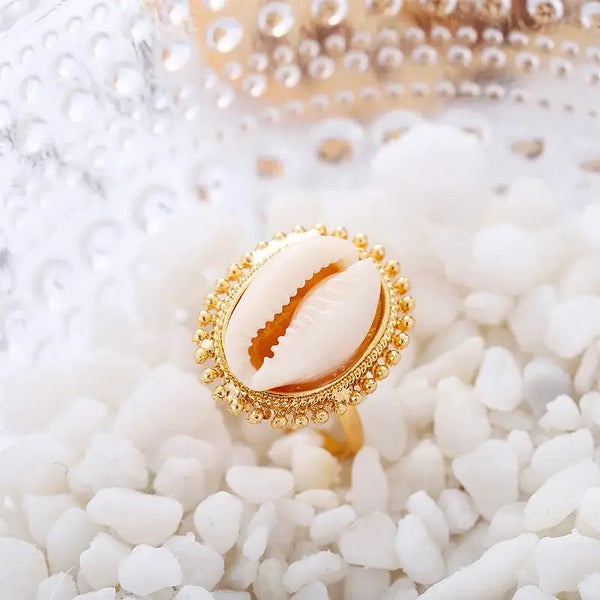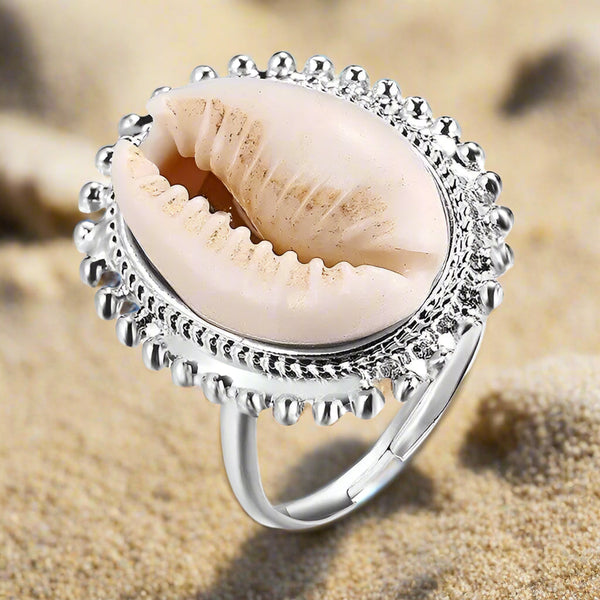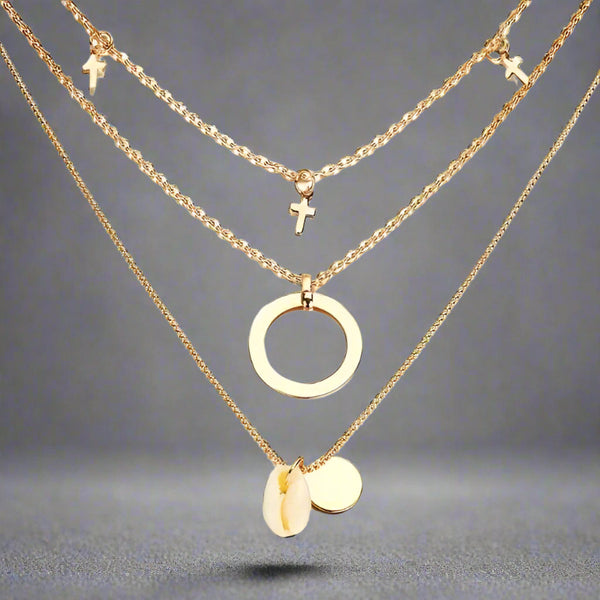Lift the lid of a jewelry box, and it’s never just about what sparkles inside. A velvet tray might cradle your grandmother’s pearls, still warm with memory. A hidden drawer may hold the ring from your first love, or a necklace that marks a personal milestone. These boxes are quiet storytellers—protectors of treasures and keepers of meaning.
And they always have been. From the carved wooden chests that traveled with Egyptian queens into their tombs to today’s sleek organizers lined with LED lighting, jewelry boxes mirror both the fashion of their era and the values of the people who used them.
So let’s step back through time to see how a simple container became a cultural icon—and why, even if you only own a handful of jewels, a jewelry box still matters.
1. Ancient Origins of Jewelry Boxes
Our story begins in ancient Egypt, nearly 5,000 years ago. Imagine a finely carved chest resting in the corner of a noblewoman’s chamber—its compartments carefully arranged for amulets, rings, and strands of beads. These weren’t just practical organizers. Egyptians believed jewelry carried protective power, divine blessing, and even the promise of eternal life. A jewelry box was designed to keep those talismans safe not just for a lifetime, but for eternity. Many accompanied their owners into tombs, sealing both treasure and memory for the afterlife.
The tradition spread. In Mesopotamia and Greece, ornate boxes held adornments but also signaled wealth and social rank. To own such a piece was to declare status. From the very beginning, jewelry boxes were never just storage—they were statements.
2. Medieval and Renaissance Jewelry Caskets
Fast-forward to the Middle Ages, when jewelry storage became more elaborate, and often more symbolic. Picture a heavy wooden casket on a monastery table, carved with biblical scenes and fitted with iron locks. These boxes didn’t just hold rings or brooches—they guarded relics, manuscripts, and sacred treasures. They were as much objects of devotion as they were of protection.
By the Renaissance, the jewelry box transformed into an art piece. Aristocrats and royals commissioned master craftsmen to build boxes from ivory, gilded wood, or marquetry inlaid with mother-of-pearl. Some were studded with gems, glimmering even before they revealed their contents. These weren’t tucked away in drawers—they were displayed proudly, like sculptures, in private chambers.
Owning a jewelry box in this era was like curating a portrait of your taste. It said as much about you as the diamonds or rubies it protected.
3. Eastern Traditions and Influence
While Europe reveled in opulence, Asia developed its own distinct traditions—ones rooted in symbolism and philosophy. In China, jewelry boxes were often lacquered in deep reds or blacks, painted with blooming peonies or soaring dragons. These designs weren’t merely decorative; each motif carried meaning—longevity, prosperity, or protection. Some were fashioned from bamboo, others from porcelain, blending elegance with utility.
Japan took the jewelry box and elevated it to an intimate work of art. Craftsmen layered lacquer with gold dust and shell inlays to create scenes of cherry blossoms falling in spring or cranes gliding across a river. To open one was to hold culture in your hands—an everyday object transformed into poetry.
In the East, even the simplest jewelry box was never “ordinary.” It reflected an outlook where beauty and meaning belonged in the rituals of daily life.
4. 18th and 19th Century Innovation
By the 18th century, jewelry boxes reached a golden age of whimsy and romance. The Rococo era gave us curving, playful designs, adorned with gilded flourishes and floral motifs. These boxes were as theatrical as the jewelry they hid inside.
Then came the Victorian age, with its love for sentiment. Jewelry boxes bore hearts, initials, and botanical carvings. They became cherished gifts: a groom presenting his bride with a casket for her trousseau, or a mother passing down a velvet-lined chest to her daughter. These boxes weren’t just gifts of storage—they were tokens of love and legacy.
And then, a delightful twist of invention: the musical jewelry box. In the mid-1800s, Swiss craftsman Charles Bruguier fitted tiny mechanisms that played melodies when the lid was lifted. Suddenly, a jewelry box didn’t just store memories—it created them, charming generations with its song.
5. Modern and Contemporary Jewelry Boxes
The 20th century brought jewelry boxes into the world of high luxury. Names like Cartier, Tiffany & Co., Fabergé, and Van Cleef & Arpels transformed them into collectibles, producing cases in precious metals, enamel, and jewel-studded finishes that were works of art in their own right.
Design followed the moods of the decades. Art Deco gave us sharp geometry and symmetry; Minimalism stripped it back to simple, refined silhouettes. Travel jewelry cases emerged, discreet yet protective—designed for elegance on the go.
And today? Jewelry boxes are as diverse as the people who use them. Some are simple wooden organizers meant for daily ease. Others are high-tech creations with LED lights, biometric locks, and compartments fine-tuned for rings, earrings, necklaces, and watches. Some are even made from sustainable materials, reflecting our modern values. But whatever the form, they remain faithful to their centuries-old purpose: keeping our treasures safe, organized, and honored.
6. Why Jewelry Boxes Still Matter
- Protection: Metals tarnish, chains tangle, gemstones scratch. A jewelry box safeguards beauty and value.
- Organization: No more frantic mornings searching for a missing earring or untangling a knot of chains. Compartments create calm.
- Style: A jewelry box is part of your story. A velvet vintage casket feels nostalgic and romantic. A glass-and-wood minimalist box speaks to modern elegance.
At heart, owning a jewelry box isn’t just about practicality. It’s about respect—for the pieces themselves, and for the memories they represent.
7. When Do You Need a Jewelry Box?
There’s no hard rule, but a good box becomes essential the moment your jewelry feels too precious to scatter loosely.
- With just five to ten pieces—a mix of earrings, rings, or necklaces—a small box keeps things safe and untangled.
- With a larger collection, layered or multi-compartment boxes give every piece its own home.
- For collectors, boutiques, and professionals, jewelry cases are indispensable: for presentation, for security, for care.
A jewelry box marks a shift. It’s the moment your jewelry stops being “stuff in a drawer” and starts being a collection worth protecting.
8. Jewelry Boxes Through Time: A Snapshot
| Period | Material & Style | Role |
|---|---|---|
| Antiquity | Wood, faience, ivory, precious metals | Protection, spiritual symbolism |
| Medieval & Renaissance | Gilded wood, ivory, marquetry, mother-of-pearl | Status, elegance, devotion |
| Eastern Traditions | Lacquer, porcelain, bamboo with symbolic motifs | Cultural art, heritage, spirituality |
| 18th–19th Century | Ornate, often with musical mechanisms | Gifts, sentiment, entertainment |
| Modern / Contemporary | LED, locks, sustainable or minimalist designs | Functionality, protection, style |
To conlude,
From the tombs of ancient queens to the chic surfaces of modern dressing tables, jewelry boxes have proven timeless. They are far more than containers. They are vessels of heritage, artistry, and self-expression.
Choosing one is really about choosing how you want to honor your jewelry—and the stories it carries. Maybe it’s a family heirloom with a history of its own. Maybe it’s a sleek, modern box that speaks to your personal style. Whatever form it takes, your jewelry box will protect not just what glitters, but the moments and memories bound to each piece.
So if your earrings are still tangled in pouches or your necklaces hiding in drawers, maybe it’s time. Invest in a box that feels like you—and let it become part of your story, guarding your treasures for years to come.


